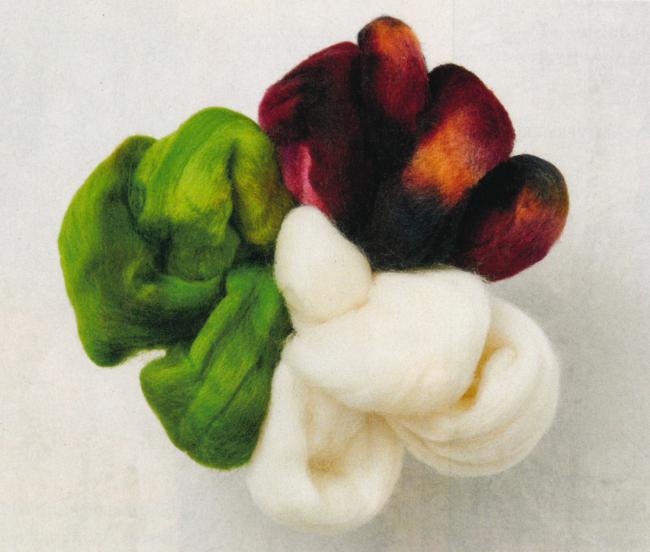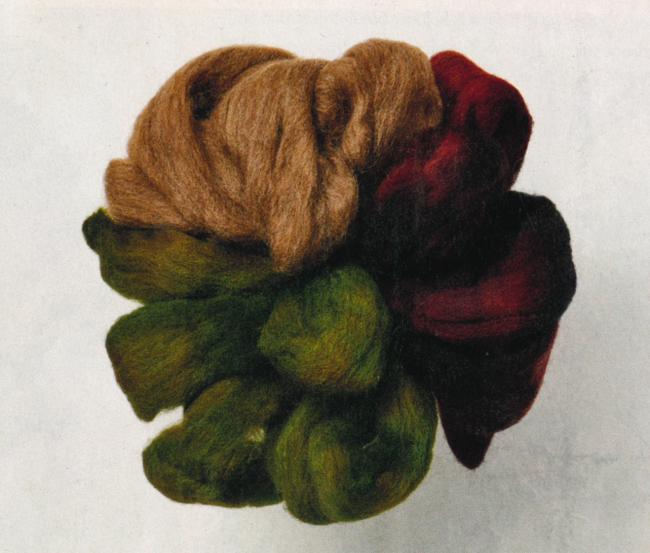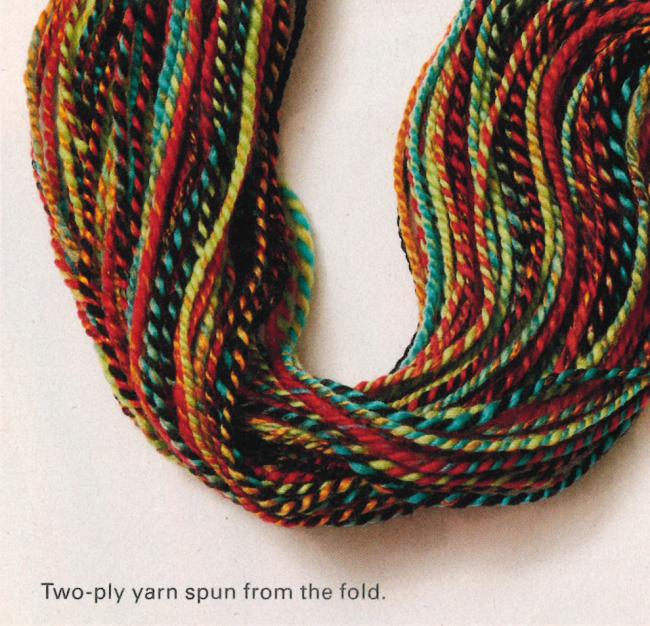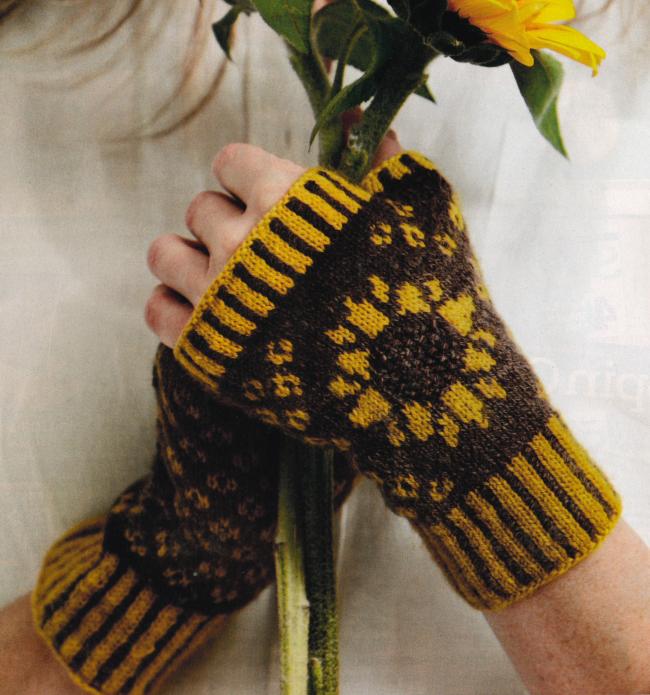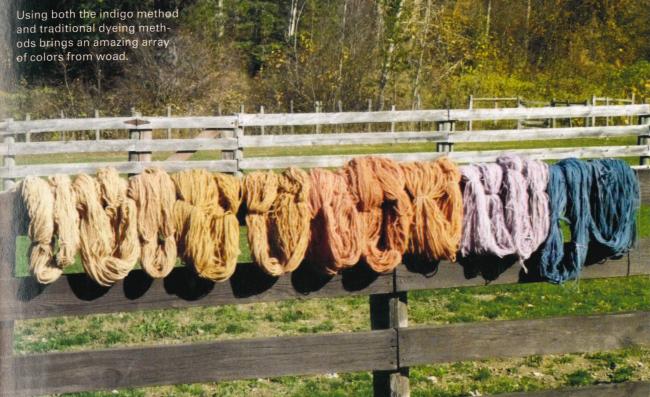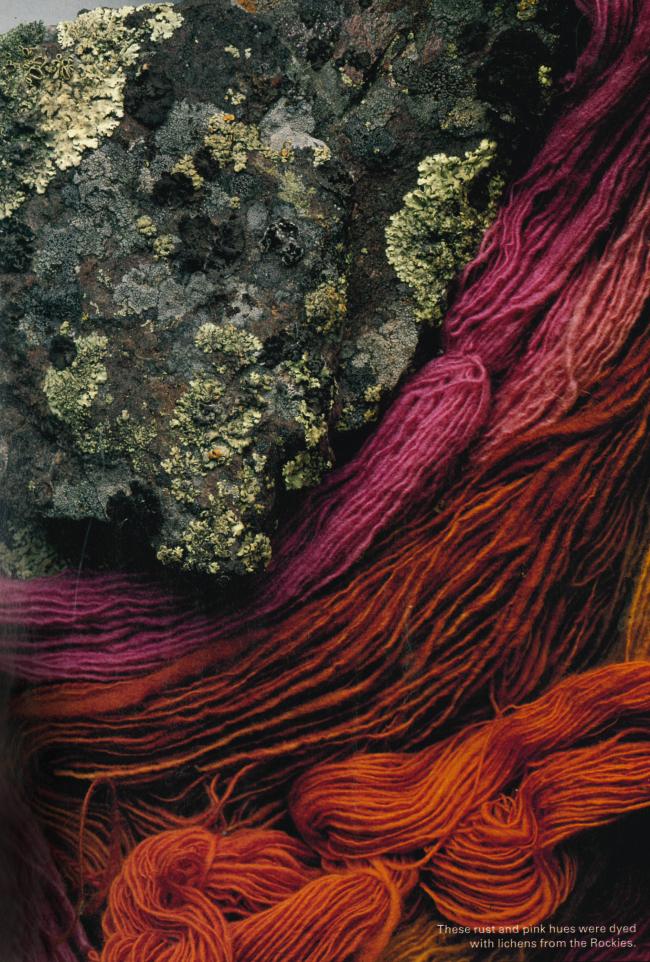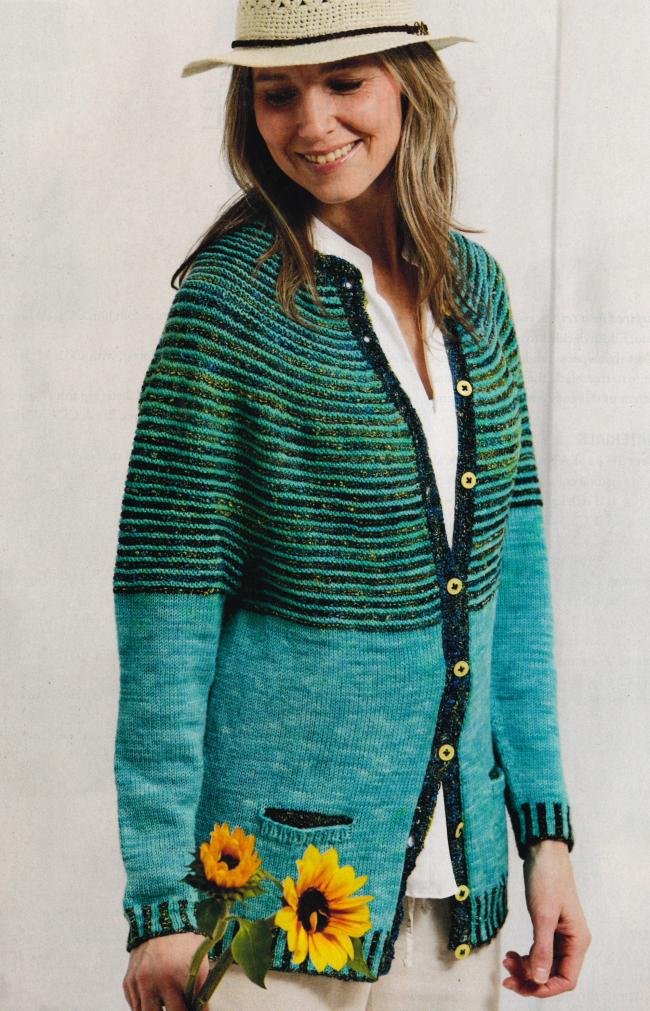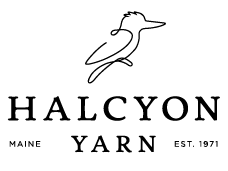New SpinOff – Summer 2018
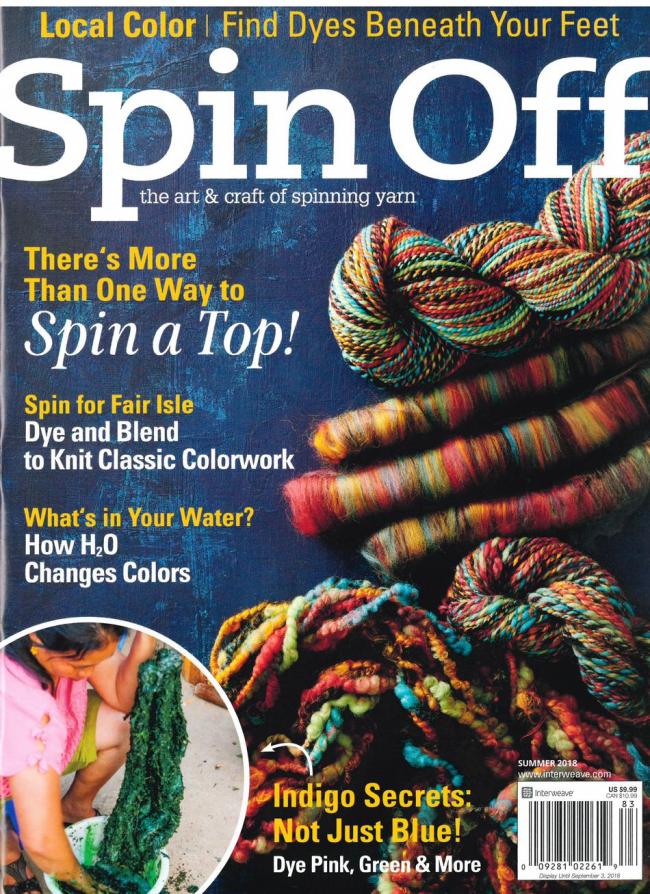
Spin-Off Magazine
The [Sorry, item discontinued or temporarily out of stock] issue is all about color. Whether you’re dying your own fiber or spinning someone else’s, this issue offers tips for every step of the process. See more of the great features in this issue below:
• Blending & Spinning for Fair Isle Knitting
• Water, Washing & Dyes: How H2O Leads the Way to Color Success
• Overdyeing Natural-Colored Fibers
• 3 Ways to Spin Blended Combed Top
• Brewing Up a Batch of Custom-Dyed Fiber
• Turn Up the Head: Working with Warm Colors
• Easy Methods of Dyeing Fiber Naturally with Ubiquitous Midwestern Plants
• Adventures with Woad
• Color Transformation in Naturally Colored Cottons
• The Art of Natural Dyeing
• Lichens: Fungi + Algae = Color!
• Sermons in Stone?
• Spinning Alpaca’s Natural Colors
The two bouquets of fiber above are an example of how the same color dye will give varying results when used on different shades of wool. From “Overdyeing Natural-Colored Fibers” by Kate Sitzman. (To see another example, click here to check out my post on dyeing multicolored fiber blends.)
This beautiful bundle of color is one of the ways Mary Egbert spun her blended combed top in her article, “3 Ways to Spin Blended Combed Top.” In this eye catching article Egbert demonstrates three different levels of blending as well as three different spinning techniques – my favorite result being the lovely yarn above.
Stephanie Johnson’s Helianthus Mitts (above) use two different plants to dye two very different shades of roving. Pattern included!
In “Adventures with Woad”, Gayle Vallance gives us an in-depth look at this dye – from its use throughout history to the science behind turning the plant into dye. You’ll also find tips on how to tweak your color results to achieve the results you see above. Who knew one plant could create so many different colors?
In “Sermons in Stone?” Linda Ligon shares her love of using lichens for dyeing. That’s right – the stuff growing on that rock in the above photo is what gave this yarn its brilliant shades of pink, red and orange. Ligon also shares her recipes so you can give this a try at home.
(Note: If you’re harvesting your own, learn about the lichens in your region and how to wild harvest ethically. Please take only small amounts of lichen from a single spot, many lovley lichens take a long time to grow!)
The different colors in Eileen Lee’s Timberlane Cowl are created simply by using 5 different natural (un-dyed) shades of alpaca. Pattern included!
Sarah V. Miller’s Kuromatsu Sweater (above) uses handspun and commercial yarns together for lots of contrast. Miller encourages you to share her inspiration and pair your own wild handspun with a plainer, more subdued yarn for this wearable cardigan. Pattern included!
Every issue of Spin Off offers helpful photos, new tricks and old tips as well as offering broad knowledge of the many different types of fiber out there. Grab a copy of the [Sorry, item discontinued or temporarily out of stock] issue to learn more about natural dyeing, blending colors and different techniques for colorful spinning.
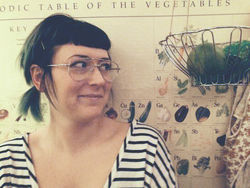
![[Sorry, item discontinued or temporarily out of stock]](/images_products/55962180.jpg)
